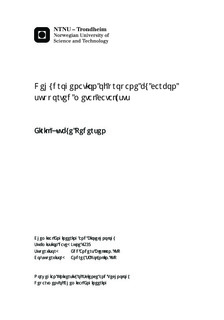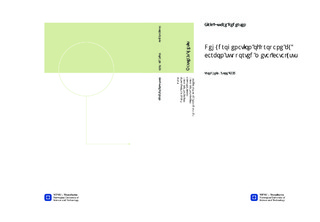| dc.description.abstract | In this thesis, the catalytic properties of carbon supported Pt catalysts were investigated for the dehydrogenation of propane.
Using a polyol process, Pt/Carbon catalysts active for propane dehydrogenation were successfully prepared using carbon black, graphite and a conical platelet CNF as supports.
The catalysts were characterized using BET surface area measurements, TGA, volumetric and pulse hydrogen chemisorption and CO stripping voltammetry. The BET measurements found surface areas in the order carbon black > CNF > graphite with good measurement accuracy. The three subsequent methods were found impractical for the catalysts investigated due to poor measurement accuracy for the TGA compared to the size of the target value. The volumetric chemisorption was found unable to produce linear isotherms, likely caused by hydrogen-carbon interactions and the pulse experiment failed to find an optimal adsorption temperature that combined a managable rate of desorption with a high rate of adsorption. The CO stripping voltammetric experiment was found able to determine the dispersion of the carbon black and graphite supported catalysts and found the dispersion of Pt/Carbon black > graphite, with some uncertainty associated with the results.
Experimental work was put into optimizing the catalyst activity measurement conditions and achieve an acceptable trade-off between pressure drop, deactivation rate and conversion levels. This was found at 500 C, 50 mL/min feed flow rate, 50 mg sample mass diluted with inerts and 0.5 %wt. Pt content in the catalysts.
A kinetic study was performed and on a Pt/Carbon black catalyst, the propane dehydrogenation reaction was found to follow power law kinetics with a propane order of 0.9 and hydrogen order of −1.1. The accuracy of the measurements were better for the propane order than for hydrogen.
The three different supports were compared for catalytic activity and it was found that the activity of Pt/Carbon black > graphite > CNF. The likely cause was the lower dispersion of the graphite supported catalyst compared to that of the carbon black supported catalyst. As the CNF supported catalyst was found less active than the graphite supported catalyst, it is likely that the CNF supported catalyst also had a low dispersion. The low dispersions is most likely caused by a combination of the low surface areas and the surface chemistries of the CNF and graphite supports. | |

